The Expectation of Kindergarteners
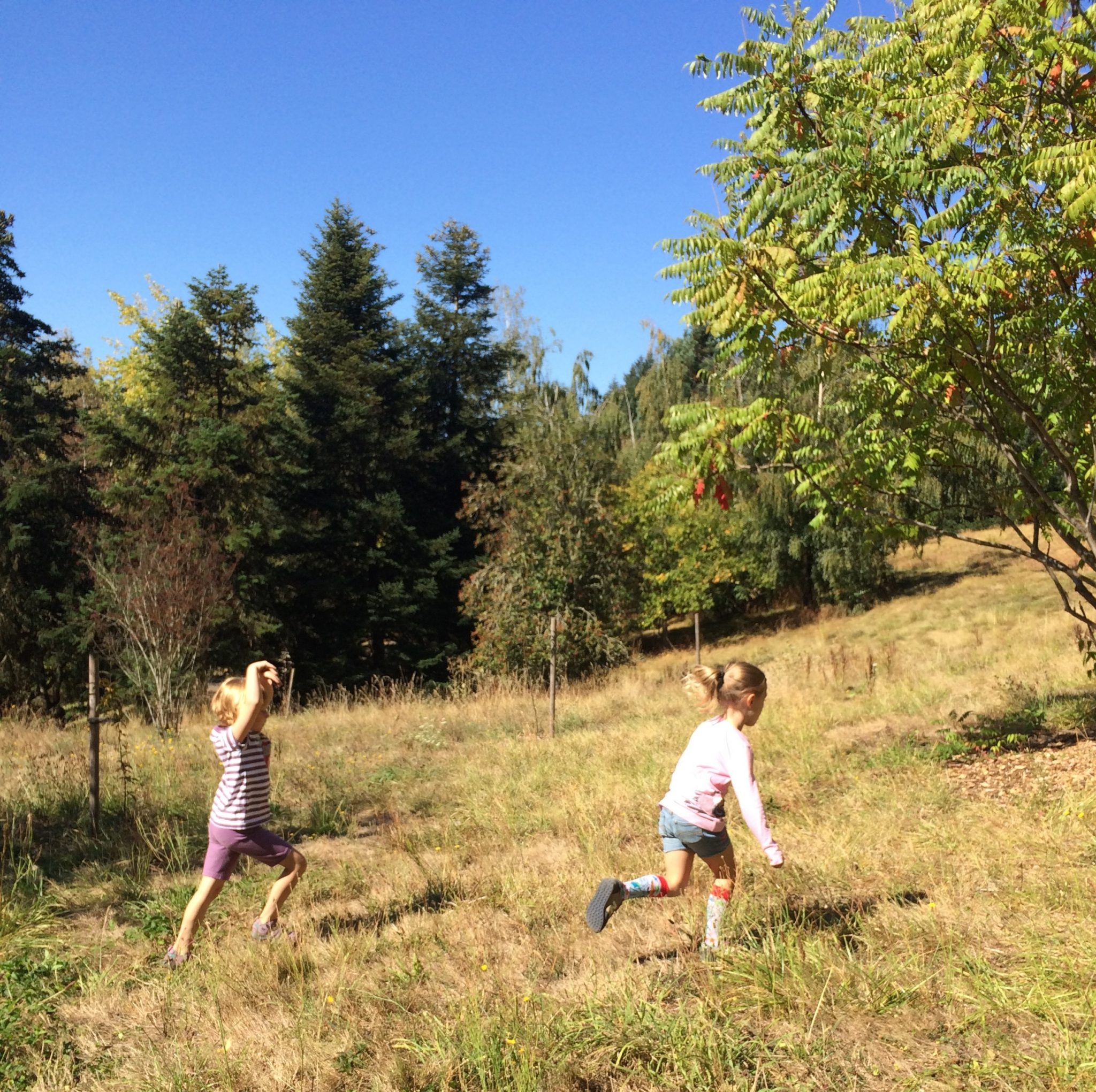
September, for teachers, is a time for new. It is a time where things begin and a new start is planned, imagined and anticipated. For me, as a teacher of kindergartners, September can be a time when the anticipation of a new school year fills my head during all parts of my day with a variety of wonderings and questions about those who are starting this new thing called school. I wonder about the new children coming into their first year of school – about who they are and what amazing gifts they will bring with them, as well as about their families and the life experiences that they already hold. Then, I wonder about the expectations that may also make their way into our classroom – from parents, the administration, the district, the media and even from myself. These expectations can be hard and heavy and they can lead my wonderings down a dark hole of fear and anxiety that can keep me up at night.
These wonderings are not a new thing, for I have been a teacher for a long time. Lately, though, I have noticed that my wonderings are changing and shifting and there is suddenly a new one that has been popping up- what if the children, the kindergartners, do not learn how to read?

This anxiety is pretty new to me as I begin my third year working with kindergarteners. Before this, I taught preschool in Reggio-inspired preschools (including many years at Opal Beginning School) that focused on play, relationships and exploration. As I moved to the the Primary Group of the Opal Charter School, similar values and goals moved with me and found their space alongside these “older” children. The values, goals and expectations of Opal School align with my philosophy and what I believe to be true when it comes to school and learning experiences for young children (see blog post here).
Even though I am able to hold on tight to these goals and expectations for and of children, I am still aware of the world around me and the goals and expectations of many of the peers of the children that are in kindergarten at Opal. I feel that I have a pulse of what is going on in classrooms and environments in more traditional and neighborhood schools and what many Portland kindergarteners (and kindergarteners across the state and country) are stepping into on the first day of school and all of the expectations that are meeting them there.
These expectations are at the root of my new worries concerning kindergarteners and reading. As I look around at my colleagues (both physical and virtual), I uncover that I am not alone. One such virtual colleague, Jessica Smock, posted an opinion article on Motherwell Magazine, an online publication, concerning this very hot-button topic. Jessica Smock is a writer, editor, former educator, and a mom. She has a doctorate in development and educational policy from Boston University and often writes about education, politics and the combination of the two. In her article, she gives the reader her thoughts, backed up with studies and data, on why she doesn’t want her own son, who is kindergarten age, to learn how to read.
Her reasons come down to developmentally appropriateness. From her research and resources, she shares that the kindergarten that we know of today has drastically changed over the last 30 years, and especially and more dramatically in the last 10. Overall, kindergarten has gone from a “children’s garden” of play, exploration and the time and space to develop academically and socially to a place of academic rigor and standards. The kindergarten of 2016 in most traditional schools can resemble first grade classrooms of the (not so distant) past. Are our five and six year olds ready for this? What are the benefits and at what cost?
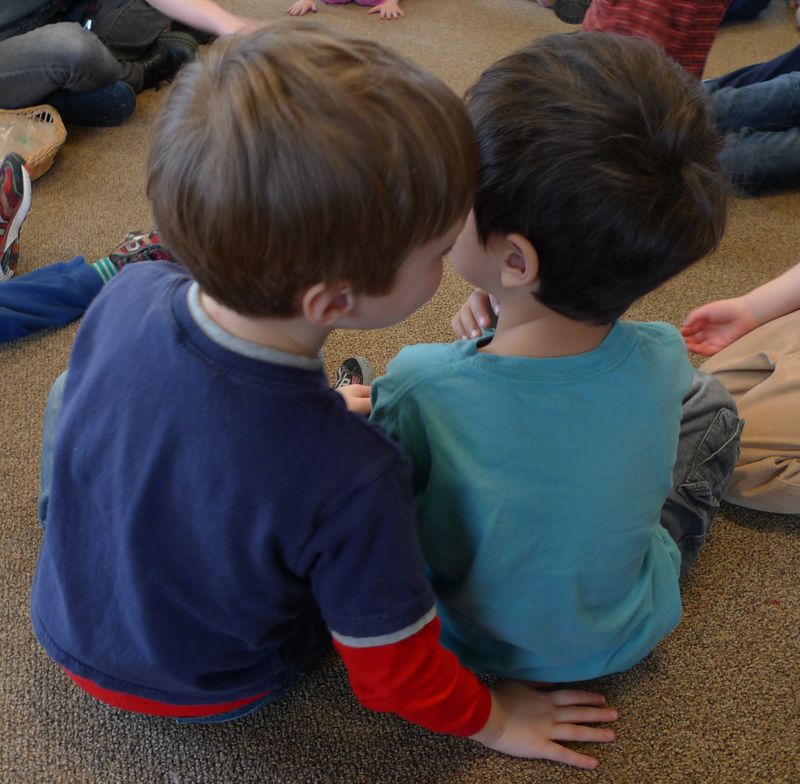
At Opal School, we know and understand the standards, the expectations and the research. We know that the overall expectation as of late is to have kindergarten children be able to read at year’s end. But what does it mean to read? Through our experiences with young children and our strong image of the child at Opal School, we understand that long before children learn to read the words that they find in books, they learn to read the world. In this sense, learning to read is learning to make meaning of life and everything that is possible. Texts become more than words on a page – they are a flower, a bug, a block tower, a special new material, a smile of a friend. These are the texts that we strive for the children to become proficient readers of.
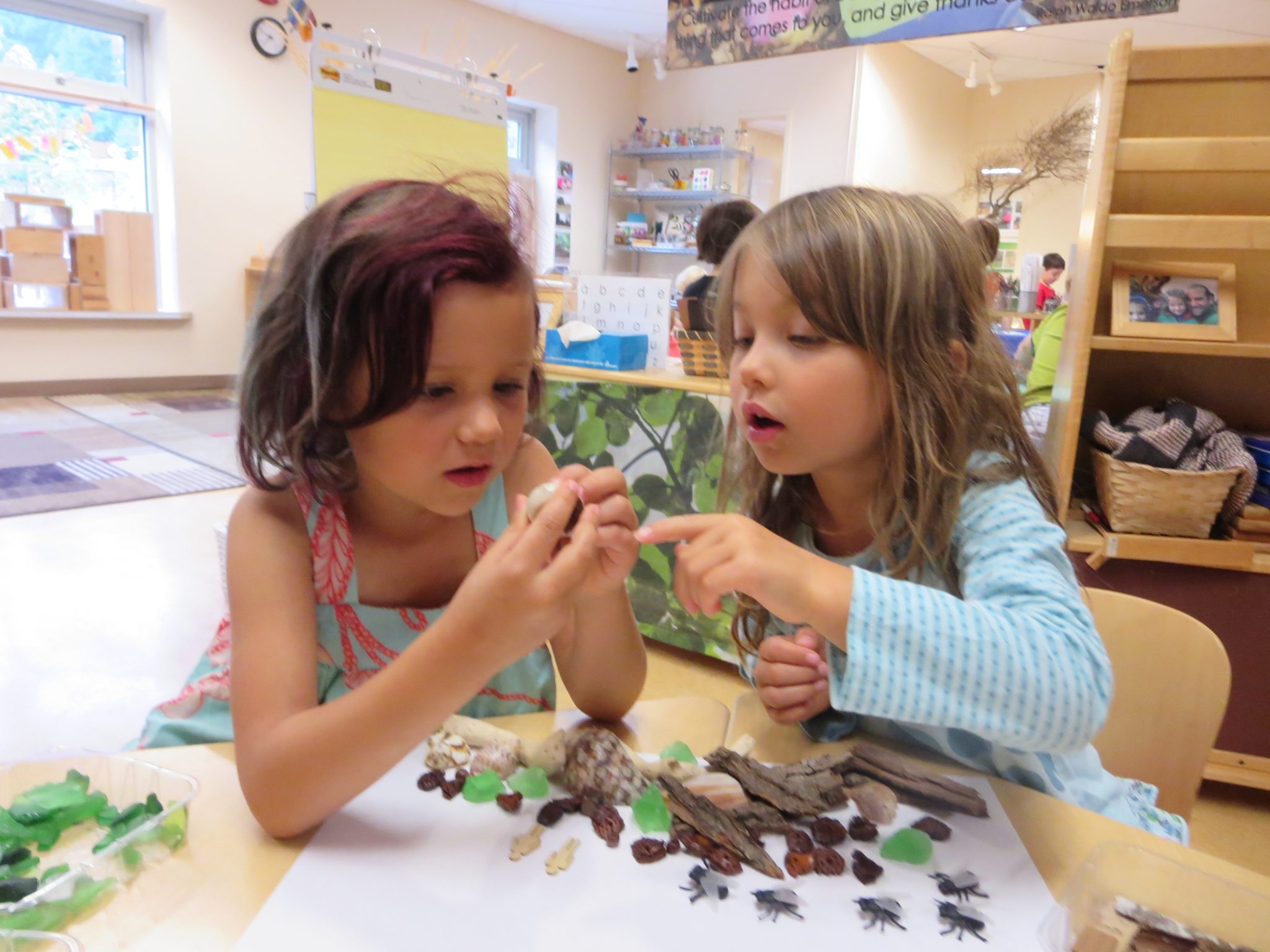 And this is what we consider when we set up environments that welcome the children into this new experience of school. We know that children come to school not as empty vessels waiting to be filled. Rather, they come to us full of their own thoughts, ideas, memories and stories. Everything they do and learn is through the filter of what they already know and believe to be true. With this in mind, we create spaces that will encourage and support this philosophy with intention and meaning. When children are invited to a classroom environment that believes this to be true, literacy become a way for them to communicate and express themselves. It becomes a way to make meaning of everything that they brought with them, as well as everything that now surrounds them. When viewed from this lens, literacy is more than reading and writing, it is a way to make sense of the world.
And this is what we consider when we set up environments that welcome the children into this new experience of school. We know that children come to school not as empty vessels waiting to be filled. Rather, they come to us full of their own thoughts, ideas, memories and stories. Everything they do and learn is through the filter of what they already know and believe to be true. With this in mind, we create spaces that will encourage and support this philosophy with intention and meaning. When children are invited to a classroom environment that believes this to be true, literacy become a way for them to communicate and express themselves. It becomes a way to make meaning of everything that they brought with them, as well as everything that now surrounds them. When viewed from this lens, literacy is more than reading and writing, it is a way to make sense of the world.
 So, the kindergartners in the Maple Classroom (a blended classroom of kindergarteners and first graders) will have the opportunity to meet and come in contact with words, letters, books and other types of written text.
So, the kindergartners in the Maple Classroom (a blended classroom of kindergarteners and first graders) will have the opportunity to meet and come in contact with words, letters, books and other types of written text.
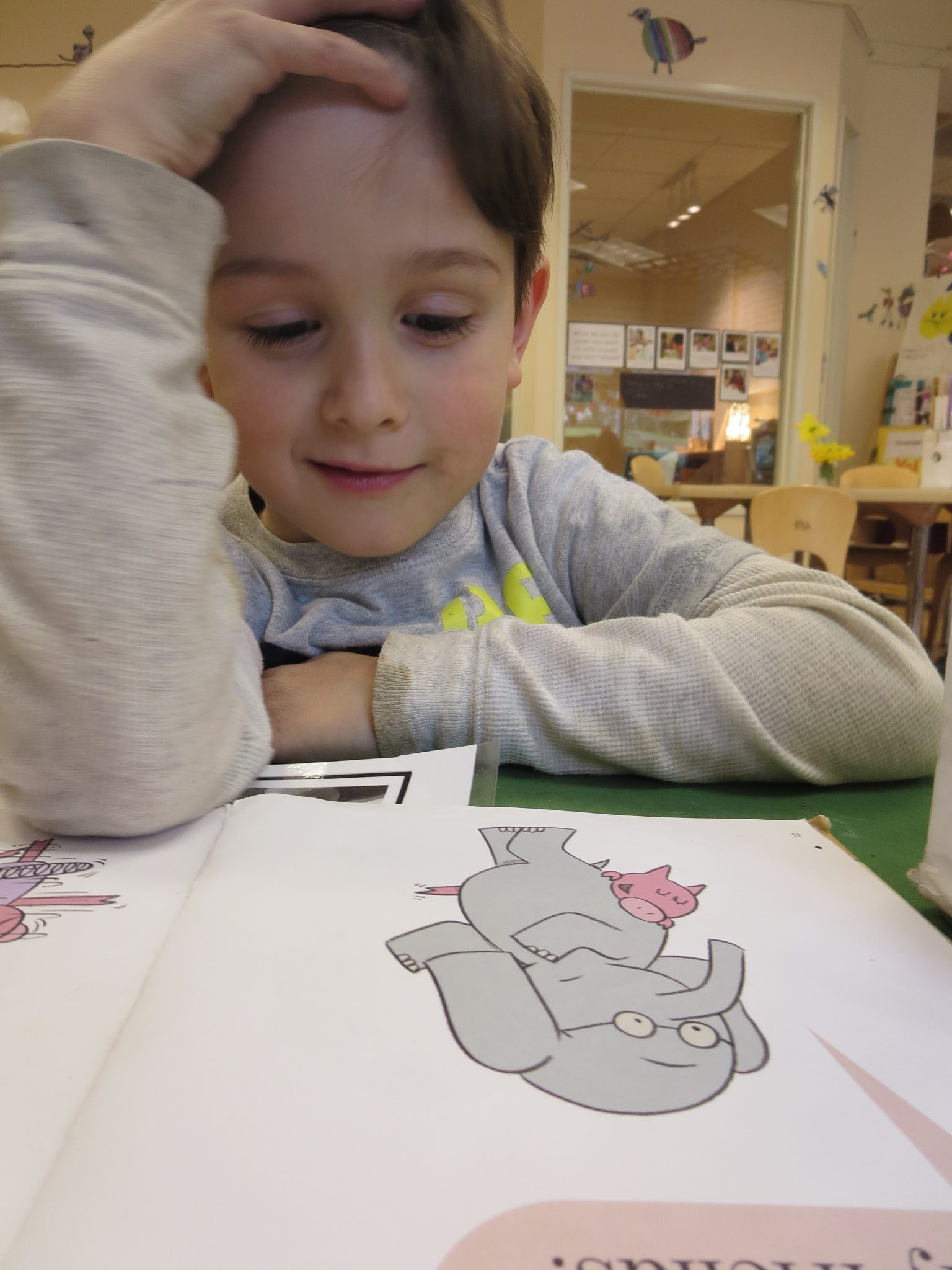 They will be surrounded by high-quality literature and will be invited to fall in love with books everyday. They will be invited to tell and share their stories. They will be skilled in creating marks and representing the stories of their lives and of their imaginations.
They will be surrounded by high-quality literature and will be invited to fall in love with books everyday. They will be invited to tell and share their stories. They will be skilled in creating marks and representing the stories of their lives and of their imaginations. Sometimes they will be driven to add the components of letters and words to stories so that their ideas can be shared. Sometimes they will be encouraged to “have a go” at letters and words that tell the story they want the world to hear.
Sometimes they will be driven to add the components of letters and words to stories so that their ideas can be shared. Sometimes they will be encouraged to “have a go” at letters and words that tell the story they want the world to hear.
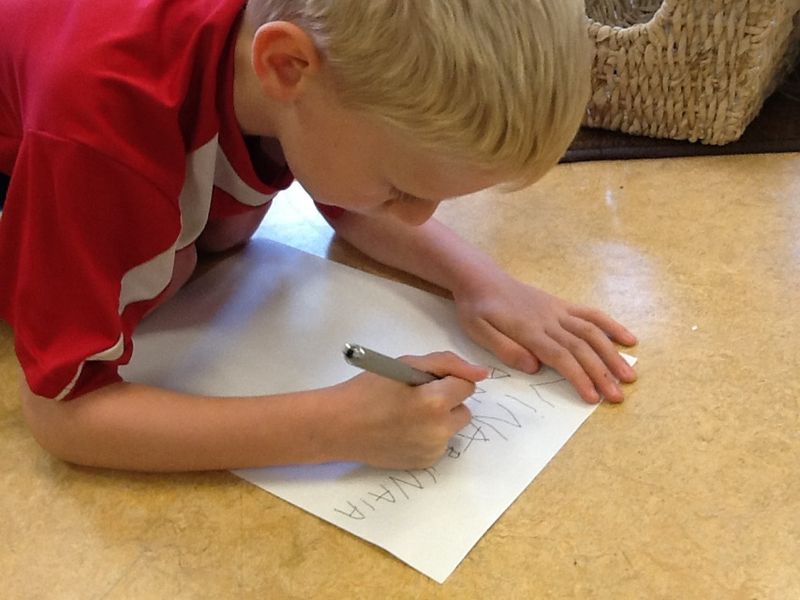
As their kindergarten year goes on, these children will begin to see themselves as writers, readers and storytellers. But they will more importantly see themselves as makers, creators, and friends who are connected to the classroom, to the materials, to nature and to each other. These connections and ways to be in the world will help as these young, capable community members continue their journey towards being proficient readers of the world and environment that surrounds them. This is our goal.
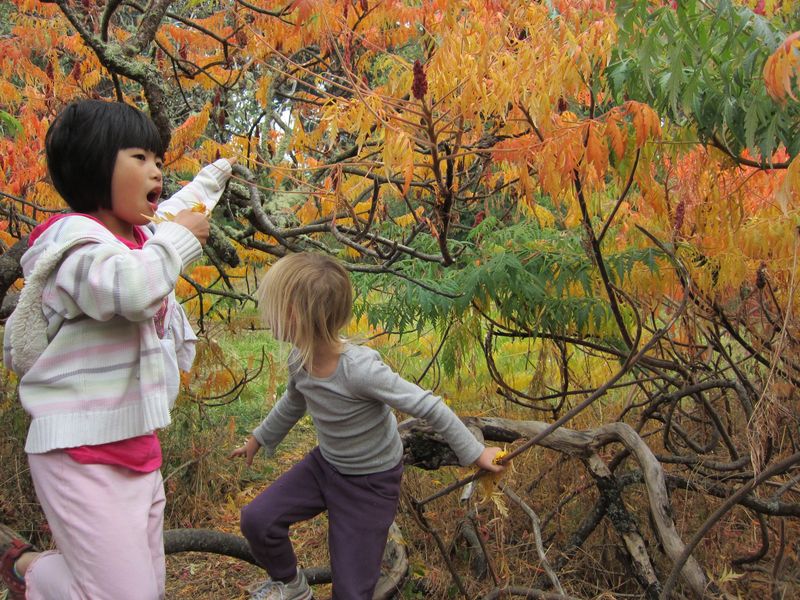 As I revisit our goals for this year concerning reading, I continue to sympathize with Smock not wanting her child – or any young child – to suffer under the rigorous tyranny demanding decoding. But at the same time, I think she wants her child to be embraced by a culture welcoming young children as they make meaning – as they read – the world. Isn’t that something all children have a right to do?
As I revisit our goals for this year concerning reading, I continue to sympathize with Smock not wanting her child – or any young child – to suffer under the rigorous tyranny demanding decoding. But at the same time, I think she wants her child to be embraced by a culture welcoming young children as they make meaning – as they read – the world. Isn’t that something all children have a right to do?
What ways are you setting up your environment, curriculum and community to invite the children to become the readers of their world?
How do you see this happening already in your current classroom communities?

Thanks for your strong message, Nicole. I really appreciate your deep thinking about educating the whole child. When we trust children as learners, we don’t have to hurry them to learn it early and learn it fast.
Well said Nicole! I’m grateful my child had you as their kindergarten teacher! I love your description that Opal teaches children to be “readers of the world.” I would emphasize that Opal excels at teaching children to read each other, the community, and importantly, their own inner stories. The world needs more self-aware, empathic learners and citizens, and those skills can never be measured by a standardized test.